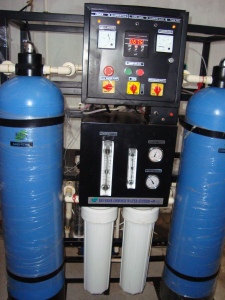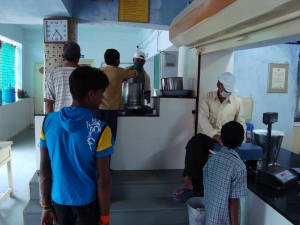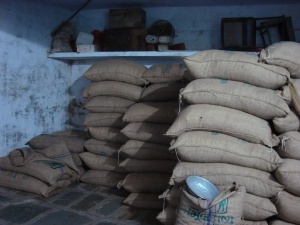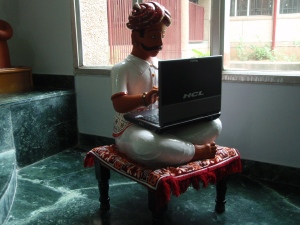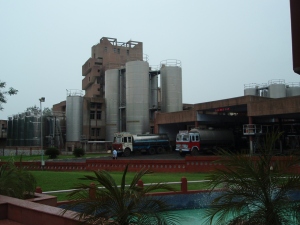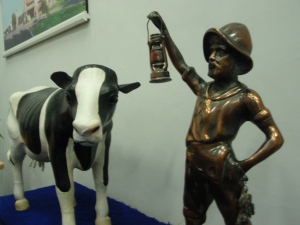We contacted Narendra Modi’s office on Monday, introducing ourselves as recent graduates from US colleges on an all-India tour. We received a meeting confirmation 2 days later. It was clear that Modi enjoys meeting young people, and the efficiency of his office was representative of the state of Gujarat as a whole.
What Sets Gujarat Apart?
The meeting began with Modi explaining what sets Gujarat apart from the rest of India. Firstly, his policy-driven approach to governance allows businesses to run with minimal interference, so long as they operate within the clearly prescribed rules and regulations set forth by the state government. Secondly, maintaining 24-hour power supply to every household and business across the state has always been a top priority (Gujarat was the only state where we didn’t experience a single power cut). He is also currently working on spreading broadband connectivity across the rural villages of the state. Thirdly, Gujarat’s implementation of the National Highway Authority of India’s (NHAI) schemes has been more effective than other states. These are some of the drivers behind Gujarat’s unrivaled intra-state road connectivity and infrastructure.
The DMIC and GIFT
The Delhi-Mumbai Industrial Corridor (DMIC) is a large-scale national project which will likely shape the country’s economic future as it is implemented. Modi believes that Gujarat will be a key beneficiary of the project. He also holds a positive outlook on its feasibility- so much so that he has commissioned the erection of 9 state highways (which are already built) in support of the corridor.
Gujarat International Finance Tec-City (GIFT) is Modi’s baby. We were shown a premium quality coffee table book on the project as he explained its place in the future of Gujarat. His vision is to make a financial hub of international standards in India. Gujarat would be a natural birthplace for such a project as it houses the highest number of Chartered Accountants in the country and is a breeding ground for people who are interested in financial services. If all goes as planned, we envision GIFT turning into the financial hub of India, in spite of Mumbai being the official financial capital (like how Hong Kong is China’s financial hub, in spite of Shanghai being the official financial capital).

Graphic design of GIFT skyline
Constant Learning
When asked what the rest of India should learn from Gujarat, Modi instead chose to talk about what Gujarat learns from the rest of the country. He explained that if he notices anything working successfully in other states (be it in public works, the arts or education), he immediately sends a 10-person team there to understand the strategy. Modi also routinely dispatches all his MLA’s to different states to learn about those states’ best practices and adapt them to Gujarat’s growth model.
Wrapping-up…
Modi runs a tight ship, and this has allowed him to build a state with road connectivity, power supply and infrastructure that is superior to any of the states we have covered so far. It is a combination of the CM’s leadership and the enterprising nature of the Gujarati people that has made the state what it is today. With such large-scale economic and financial projects underway, we expect to see it develop into a major commercial hub of the country.
